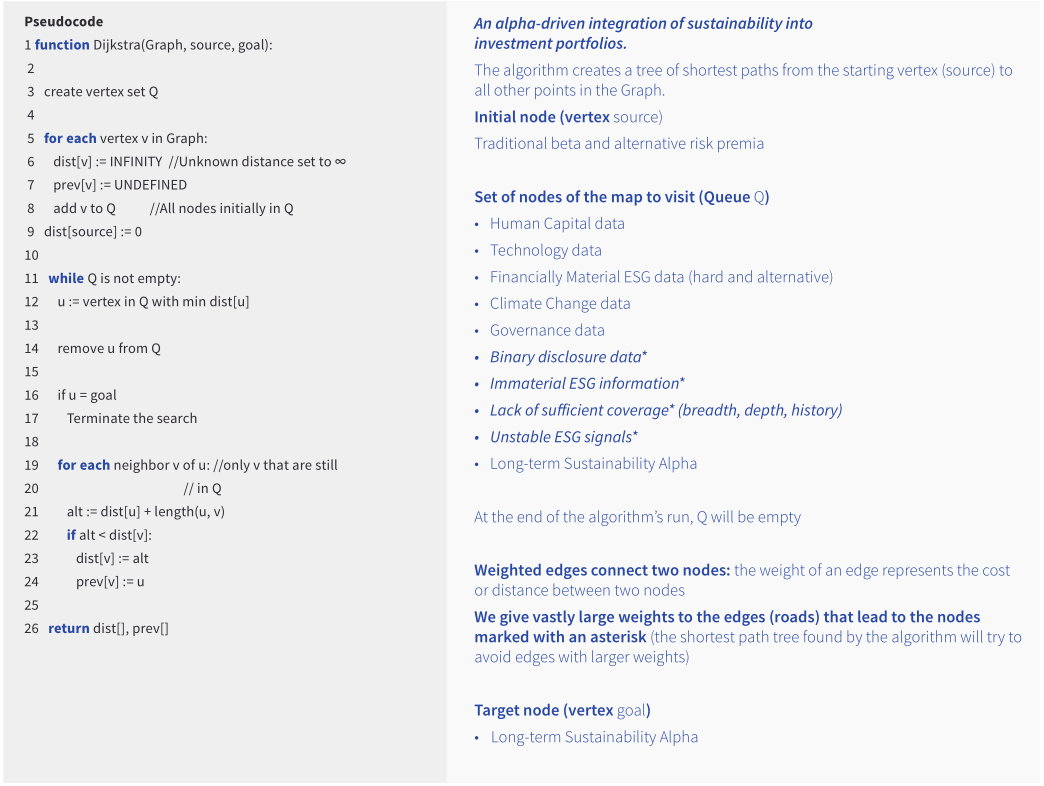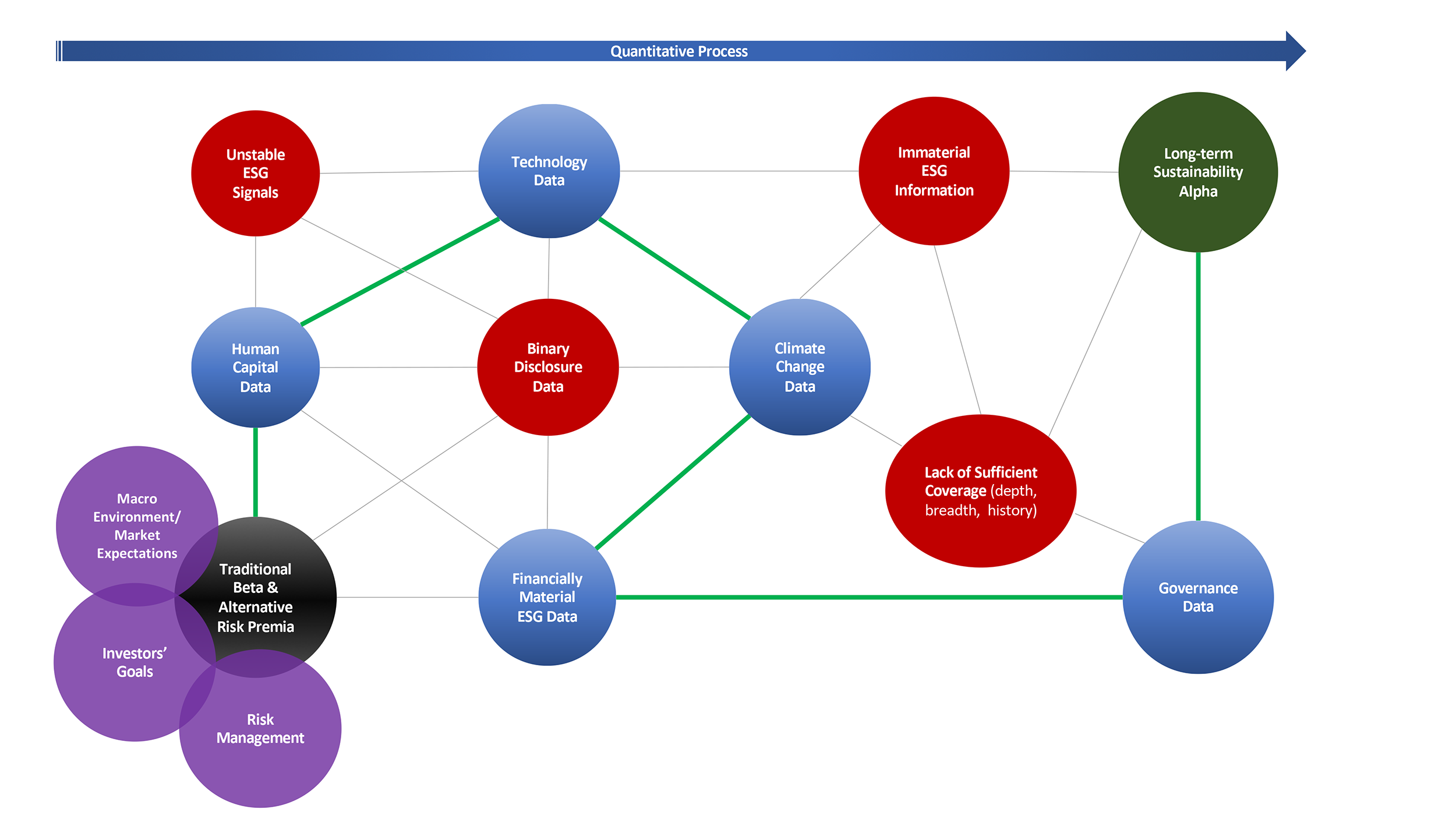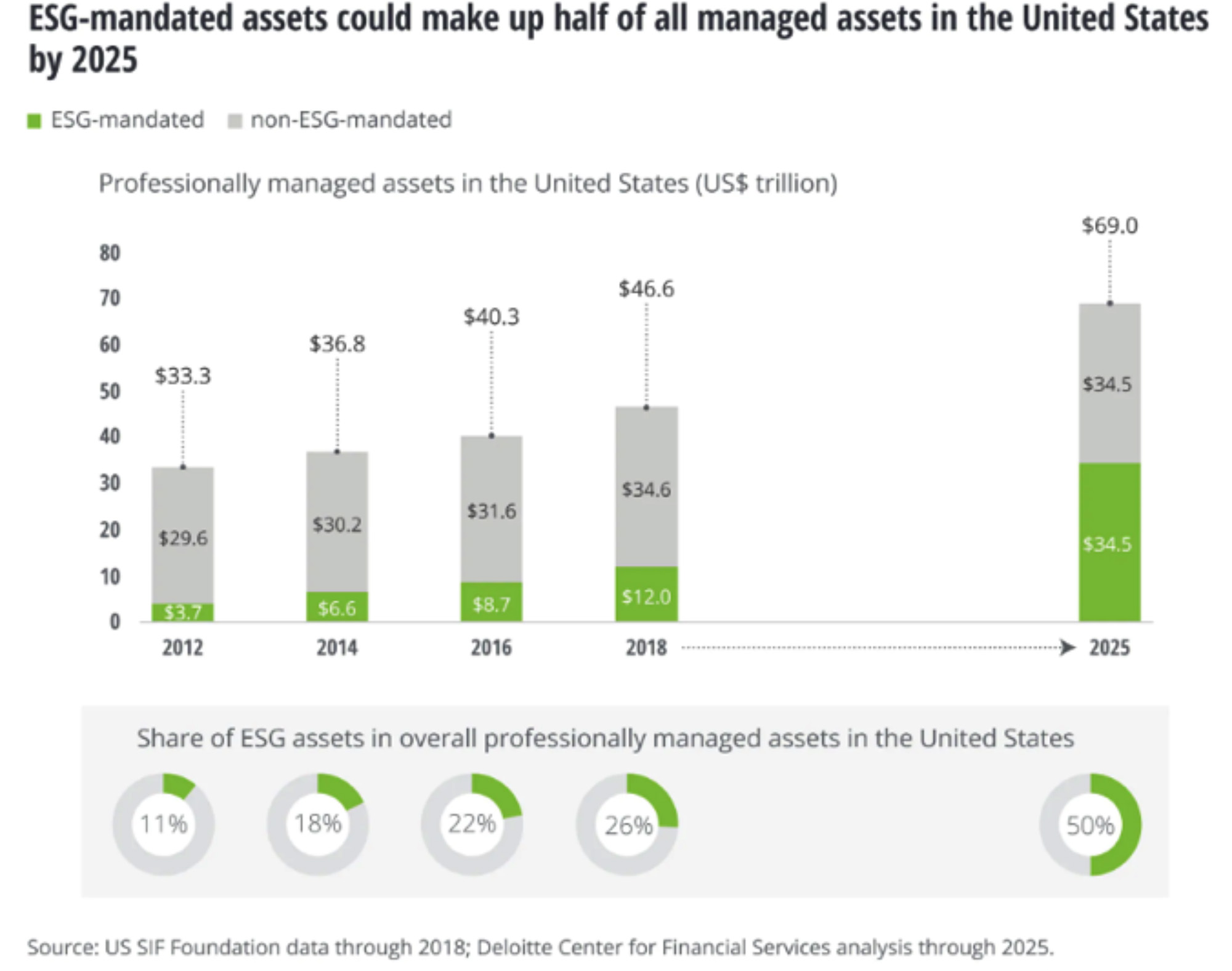Sept 14, 2020
7 minute read
Topic
Foundational paper
The Genesis
In the family apartment in my hometown les Ulis (south suburb 20 miles away from Paris, France), I vividly remember spending the first few weeks of the month of May 2003 preparing for my master’s oral exam for the ESCP Business School - What was going through the mind of a younger version of me? I was internally debating on what topic to choose and had narrowed down my list to two. The first topic I had in mind was a critic of the Habitus Theory of Pierre Bourdieu (I had called it: “Breaking The Overlapping Circles”), and the second was formulating my perspective on a path for sustainable development in Sub-Saharan Africa. After discussing with my father, a Doctor of Science, czar of Molecular Genetics and Biodiversity, the choice became obvious, I would present on the topic of sustainable development in Sub-Saharan Africa.
I do not remember much about my presentation, apart from the fact that I put on the cover page the picture of a baby graciously borrowed from the 1994, 6 times platinum album of Notorious BIG “Ready to Die”! Interesting choice, to say the least… My thought process at the time was to create a powerful contrast between the title’s fatalist tone and the prophetic hope of defining a path for sustainable development in sub-Saharan Africa. I am grateful for the artist’s contribution to my admission at ESCP Business School!
"Ipsa historia repetit" and in many ways April 2020, the month I launched V-Square Quantitative Management (V-Square) felt to me like May 2003. The headlines back in May 2003 were bulletins from the World Health Organization (WHO) providing guidance on how to contain the spread of the Severe Acute Respiratory Syndrome (SARS). The social media platforms were not as widespread as they are today, so my main sources of information were the local news channels in Paris, and reading the printed newspapers. As a conscious global citizen, I was balancing the excitement of celebrating a personal victory with the gravity of a pandemic spreading rapidly. The 2003 SARS was eventually contained largely through traditional public health interventions, such as finding and isolating case-patients, quarantining close contacts, and enhanced infection controls.
Fast forward to April 2020, countries around the world are putting all resources at their disposal to contain COVID-19, one of the worst pandemics in modern history. The WHO is issuing daily updates and guidance and as like most individuals around the world, my family and I are quarantined at home. Unfortunately, the tragic impacts of COVID-19 are still unfolding, yet the optimist in me still believes that human ingenuity will ultimately prevail, and we will contain this virus yet again.
The common thread in my professional journey thus far is a fundamental belief that profit maximization should work hand in hand with sustainable investing. I still have the same interest, passion and drive for sustainability sparked in my youth; the main difference when I formulated my vision for V-Square was the choice of a more sober cover page for my pitch book.
My initial random walk down Wall Street, from starting my career as an FX trader to becoming the global head of sustainability and product innovation at a large asset management firm, taught me a lot. When I stepped down from this role in early 2020, I had an informed view and a global expertise on sustainability issues gained by thousands of engagements with investors, academia and regulators around the world, discussing Environmental, Social and Governance (ESG) integration across assets classes. As an investment practitioner, I have seen the ESG industry move in an uncoordinated fashion, as if in a Brownian motion, leading to more complexity. Nowadays, it is a daunting task to address the lack of consensus in industry standards, untangle the plethora of ESG data, navigate a range of scoring methodologies, and assess the relevancy of ESG signals. See Exhibit 1. I developed a Global Positioning System (GPS) approach to sustainable investing, one that focuses on materiality and profitability. This quantitative process allows us to make sense of the deluge of ESG data and to help drive informed investment decisions.
Exhibit 1: Illustration of ESG’s nebulous and complex network

Noise refers to information or activity that confuses or misrepresents genuine underlying trends in financial markets.
Source : V-Square Quantitative Management LLC
Dijkstra's Algorithm
With all the buzz surrounding sustainable investing, one could question whether we have lost sight of the actual purpose of integrating another layer of information into investment processes and portfolios. I often describe it as a widening spread between the surge of ex-post ESG claims and the lack (or) absence of ex-ante ESG intentionality. Investors’ rationales for ESG integration are multi-faceted which eventually makes it harder to aggregate and channel assets to address E, S or G at scale. For example, negatively screening a basket of securities based on a set of values finds itself at the opposite end of the spectrum to engaging with companies to raise standards. Both approaches have their own merits and can address investors' needs, yet the danger is ending up in a zero-sum game scenario where in the long run, we lose an opportunity to channel more capital into sustainable businesses.
Erol Ozan eloquently stated that “Some beautiful paths can’t be discovered without getting lost”; I would add that the rhetorical postulate is to at least aim at a destination. The destination we have set for V-Square is an alpha-driven integration of sustainability into our portfolios. As a quantitative manager with a strong research grounding we deliberately decided to apply the same framework as "embedded research" in academia where the benefits of our multidisciplinary researchers working in tandem with portfolio managers are compounded. In that process, we became interested in the algorithm behind GPS systems, as their effectiveness is built on identifying the shortest paths between nodes and complex road networks. The world of ESG data is becoming as nebulous and complex as road networks and we find value in simplifying the pool of data by focusing on financially material ESG signals run through a Dijkstra Algorithm. Dijkstra Algorithm or Dijkstra's Shortest Path First algorithm (SPF algorithm) is an algorithm for finding the shortest paths between nodes in a graph, which may represent, for example, road networks1. The algorithm exists in many variants and we found it interesting to conceptually apply a modified form to the ESG and finance conundrum. See Exhibits 2 and 3.
Exhibit 2: Conceptually applying the Dijkstra's Shortest Path First algorithm to quantitative investing and ESG

It was conceived by computer scientist Edsger W. Dijkstra in 1956 and published three years later.
Exhibit 3: Illustration of the Dijkstra's Shortest Path First algorithm applied to quantitative investing and ESG

Source : V-Square Quantitative Management LLC
Sustainability Reimagined
With over $40 trillion2 of global sustainable assets around the world, sustainable investing has become one of the fastest-growing segments in the asset management industry. With such a sustained growth over the past years and positive forecasts on asset growth, sustainable investing is now finding its way in investors’ strategic asset allocations.
Exhibit 4: Sustainable assets, a fast-growing segment

With the expected shift in the share of ESG assets in overall professionally managed assets in the United States by 2025 (from 26% in 2018 to 50% in 2025; see exhibit 4), we have a unique opportunity to reimagine sustainable investing.
We recognize that ESG investors have dual objectives: financial and sustainable. We believe that value created at the expense of the non-investor stakeholders can be short-lived. Over long periods of time, stakeholder and shareholder interests become increasingly aligned and we take these factors into consideration when making informed investment decisions.
Therefore, when it comes to sustainable investing, the notion of intentionality is a critical part of our vision. The integration of material sustainable investment factors in portfolios should be intentional, as opposed to accidental. Sustainability is woven into every fiber of our organization because we believe that this approach can lead to superior risk-adjusted returns and make investments work harder on a set of ESG metrics.
As a global asset manager, we take a long-term view and seek be to a new vector of change in the way we generate investment returns for investors in alternative asset classes, core equity and fixed income.
Our approach focuses on four pillars:
- Intentionality. The integration of material sustainability factors into investment portfolios needs to be intentional and not accidental. As part of our investment process, relevant economic, sustainability and market variables are assessed, deciphered, and processed. Scoring methodologies are employed to translate the research into actionable selection of risk factors, sector, countries, and securities. Our modified Brison Hood Beehbower3(BHB) attribution integrates sustainability materiality metrics and carbon footprinting. Performance attribution is more than an ex-post exercise for us. It informs our embedded research approach and the evolution of our quantitative models.
- Research. The V-Square approach to research follows the same framework as “embedded research” in academia where the benefits of our multidisciplinary researchers working in tandem with portfolio managers are compounded. V-Square has formed partnerships with internationally renowned engineering and business schools, as we believe that creating a two-way bridge between theory and practice fuels innovation.
- Innovation. Our approach to innovation combines embedded investment research with a human-centered design framework, placing investors’ desired risk-adjusted and sustainability outcomes at the heart of what we do.
- Long-Termism. We integrate a long-term outlook when making investment decisions. Our global macro model integrates long-term sustainability themes such as climate change and population dynamics.
In conclusion, my vision for V-Square was born decades ago, written in a 3.5"x5.5" pocket notebook. Whilst my initial path in finance and sustainability looked more like a random walk, it was always clear to me that value creation at the expense of all stakeholders and the environment could be short-lived. Over years of learning, understanding, interacting, and practicing, I processed and formulated a GPS approach to sustainable investing, and I launched V-Square to share that knowledge with a targeted impact, whilst focusing on materiality and profitability. Sustinere (sustainability) was used in medieval French to express the concept of keeping and holding. The financial industry and more precisely the asset management industry, plays an important role in preserving wealth for generations to come. The roadmap to generating sustainable investment returns aligned with the sustainable development goals requires intentionality and purpose.
Footnotes
1 Edsger Wybe Dijkstra, 1959, "A note on two problems in connexion with graphs", Numerische Mathematik.
2 Data as of 2020, source: Opimas.
3 Brinson, Gary P., L. Randolph Hood, and Gilbert L. Beebower, "Determinants of Portfolio Performance," Financial Analysts Journal, July–August 1986, pp. 39–44.
DISCLOSURES
This information is intended for educational purposes and should not be considered a recommendation to buy or sell a particular security.
The information in this document is provided in good faith without any warranty and is intended for the recipient's background information only. It does not constitute investment advice, recommendation, or an offer of any services or products for sale and is not intended to provide a sufficient basis on which to make an investment decision. It is the responsibility of any persons wishing to make a purchase to inform themselves of and observe all applicable laws and regulations. Unauthorized copying, reproducing, duplicating, or transmitting of this document are strictly prohibited. V-Square Quantitative Management accepts no responsibility for loss arising from the use of the information contained herein.
© 2020 V-Square Quantitative Management LLC. All rights reserved